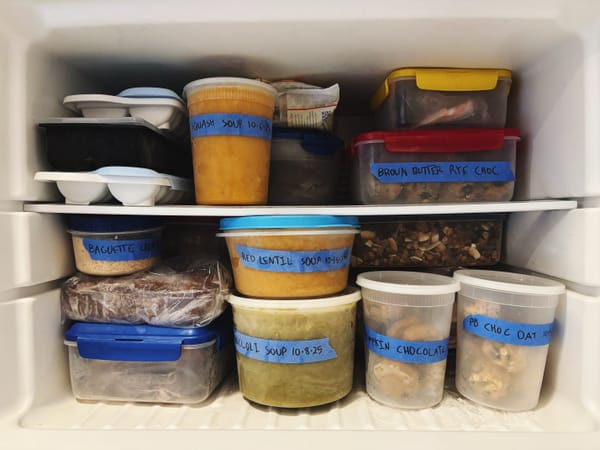Food Writers Are Fleeing Substack
Why Alison Roman, Alicia Kennedy, Nic Miller, and other food writers left the platform.

Nic Miller just wanted to write. Specifically, she wanted to “press ‘send’” and have her words delivered to subscribers who wanted to read them, the food writer tells me over email. Substack’s pitch was straightforward: direct connection, democratic design, no editors, no ads. “I liked the simple, streamlined format and what I believed to be an alternative to nepotistic legacy media,” Miller explains. “Naive, I know.”
Substack promised writers a way out of a media landscape defined by collapsing ad revenue, shuttering magazines, and homogenized digital content. The platform’s pitch was simple: publish independently, own your readers, and get paid after giving your digital landlord a 10% cut. “We believe that journalistic content has intrinsic value and that it doesn’t have to be given away for free,” the co-founders posted in a quasi-mission statement when Substack launched in 2017. “We believe that what you read matters. And we believe that there has never been a better time to bolster and protect those ideals.”
For a while, it really did feel like a radical alternative. Newsletters by food personalities, chefs, and cookbook authors hosted on Substack — like A Newsletter by Alison Roman, Vittles by Jonathan Nunn, and What to Cook (When You Don’t Feel Like Cooking) by Caroline Chambers — became essential reading and eating. Miller moved Tales From Topographic Kitchens from TinyLetter in 2017, and three years later gained enough traction to become the first British Substack writer to win a Guild of Food Writers award.
Then the bubble started to burst. By 2024, Miller had left Substack, joining a growing exodus of writers decamping for Beehiiv, Patreon (the platform seems to be wooing popular writers after upgrading its newsletter functionality), and Ghost (where Best Food Blog lives). Between January and March 2025 alone, nearly 1,000 creators moved to Beehiiv, according to Digiday — and almost 5,000 arrived since its 2021 launch. I spoke with four in the food space who’ve made or are planning a similar leap. As venture capital poured in and Substack expanded, these writers say they watched the platform morph from an easy-to-use publishing tool to a media company — complete with the same hierarchies and pressures they’d hoped to escape.




